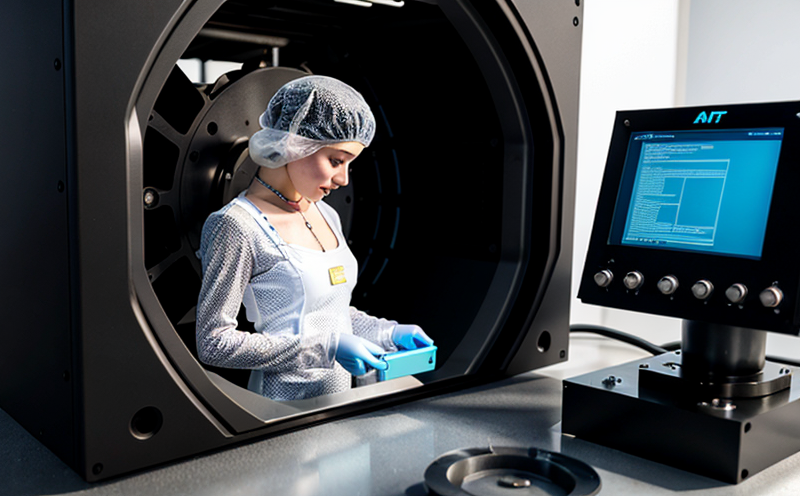ASTM F3091 Process Qualification for Powder Bed Fusion of Polymers
The ASTM F3091 standard provides a process qualification method specifically designed for powder bed fusion (PBF) processes used in additive manufacturing and 3D printing. This service is crucial for ensuring that the PBF systems are capable of producing parts with consistent quality, reliability, and performance.
ASTM F3091 defines a structured approach to qualify the process parameters associated with PBF techniques. The standard focuses on validating the laser power, scan speed, layer thickness, and other critical parameters that influence the final product's mechanical properties and dimensional accuracy. This qualification ensures that the additive manufacturing process adheres to predefined acceptance criteria.
One of the key aspects of ASTM F3091 is its emphasis on repeatability and reproducibility (R&R) studies. These studies are essential for demonstrating that the PBF system can consistently produce parts with predictable mechanical properties, regardless of slight variations in process parameters or operator influence.
The service involves a series of steps to qualify the PBF process:
- Selection and qualification of powder materials
- Determination of optimal laser power and scanning parameters
- Establishment of acceptable layer thickness and scan speed ranges
- Development of a process window for consistent part quality
During the qualification, we use state-of-the-art equipment to ensure accurate data collection and analysis. This includes high-precision laser systems, automated powder feeding mechanisms, and advanced software for monitoring and controlling process parameters.
The resulting parts are then subjected to rigorous mechanical testing, including tensile strength tests, impact resistance tests, and hardness measurements, in accordance with relevant standards such as ASTM D790 for tensile properties and ISO 148-1:2016 for impact resistance. These tests provide critical insights into the mechanical performance of the parts produced under the qualified process parameters.
ASTM F3091 also includes procedures to validate the dimensional accuracy of the parts, ensuring they meet the design specifications and are fit for their intended applications. This is achieved through careful inspection using optical metrology techniques such as laser scanning and coordinate measuring machines (CMM).
The qualification process not only ensures that the additive manufacturing system meets current standards but also sets a benchmark for future improvements in process efficiency and part quality.
Applied Standards
| Standard | Description |
|---|---|
| ASTM F3091 | Process qualification method for powder bed fusion of polymers in additive manufacturing. |
| ISO 528:2007 | Tensile testing of plastics. |
| ASTM D6110-19 | Determination of tensile properties in flexural testing. |
| ISO 48:2017 | Impact resistance of plastics by pendulum test. |
International Acceptance and Recognition
The ASTM F3091 process qualification method is widely recognized in the global additive manufacturing community. Its acceptance by leading organizations such as NASA, Boeing, and Siemens has established it as a gold standard for ensuring the reliability of PBF processes.
Many regulatory bodies and quality assurance departments worldwide reference ASTM F3091 when evaluating the compliance of additive manufacturing processes in various industries. This recognition underscores its importance in maintaining high standards across different sectors.
Competitive Advantage and Market Impact
- Ensures consistent quality and reliability of parts produced through PBF processes.
- Achieves regulatory compliance with international standards, enhancing customer trust.
- Reduces the risk of process variability leading to costly rework or failures.
- Sets a benchmark for continuous improvement in additive manufacturing systems and techniques.
- Facilitates easier market entry by meeting stringent quality requirements.





